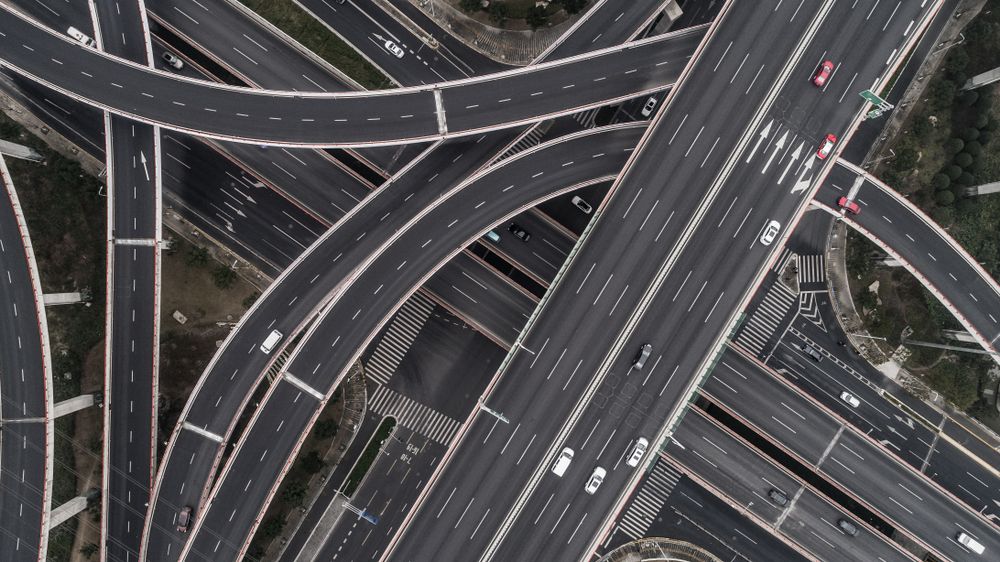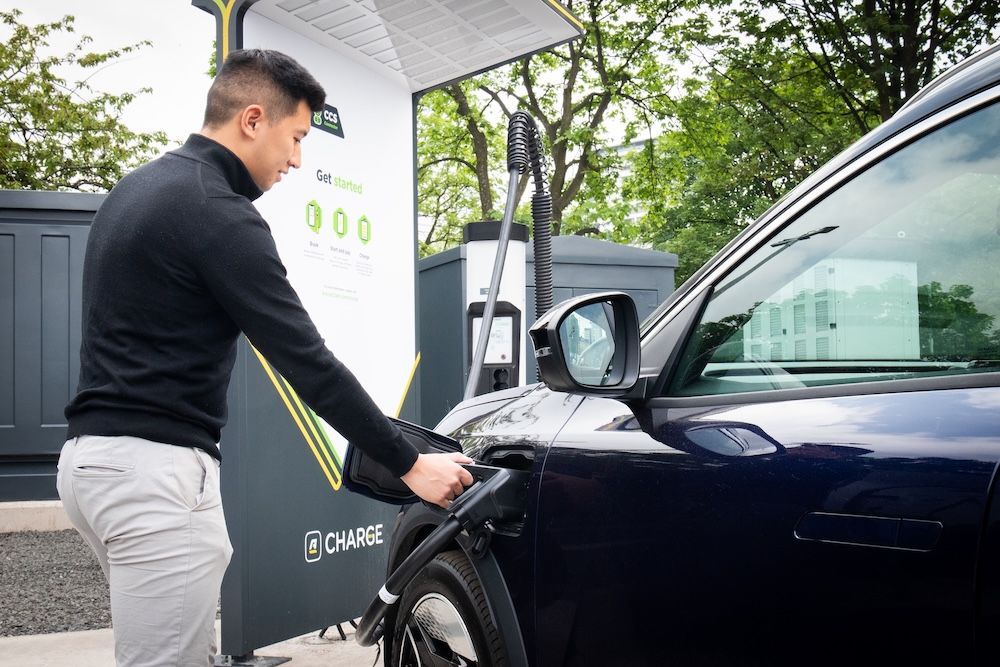The government has launched a consultation into longer goods vehicles that reduce haulier emission levels becoming permanent on UK roads.
Longer than conventional heavy goods vehicles (HGVs) but not heavier, LSTs can carry 3 more rows of supermarket goods cages on each journey compared with existing trailers.
A trial of such vehicles has been in the process for the previous 7 years, and has revealed they cut millions of miles in haulage – cutting emissions significantly and boosting productivity. In the previous 12 months to date, the 2,600 vehicles involved in the trial have saved lorry drivers 33.5 million miles and 48,000 tonnes of CO2 – equivalent to taking over 20,000 cars off the road.
As a result of these results, the government has proposed to end trials early and seek views on allowing for them to permanently operate on roads in the UK.
Transport Secretary Grant Shapps said: “These trials clearly show the benefits for business and the environment of using longer trailers. By determining the next steps to get them on our roads permanently, we can benefit industry and our economy, boost safety and cut emissions.”
The Department for Transport is also launching a further consultation today on proposals to start a trial of slightly heavier HGVs on UK roads, which could see the maximum weight of some HGVs increased by 4 tonnes to 48 tonnes.
The change suggested in the consultation would allow lorries to transport heavier containers direct to or from freight trains, helping to shift more cargo from road-only journeys onto rail, and therefore cutting emissions and congestion on our roads.
The proposed trial would operate on around 10 routes cleared as safe for use by 48-tonne vehicles, and would look at whether it encouraged a shift of goods from road to rail.
The consultations come ahead of the Transport Decarbonisation Plan, which will set out a pathway to delivering transport’s contribution to reducing greenhouse gas emissions and meeting net-zero by 2050.








